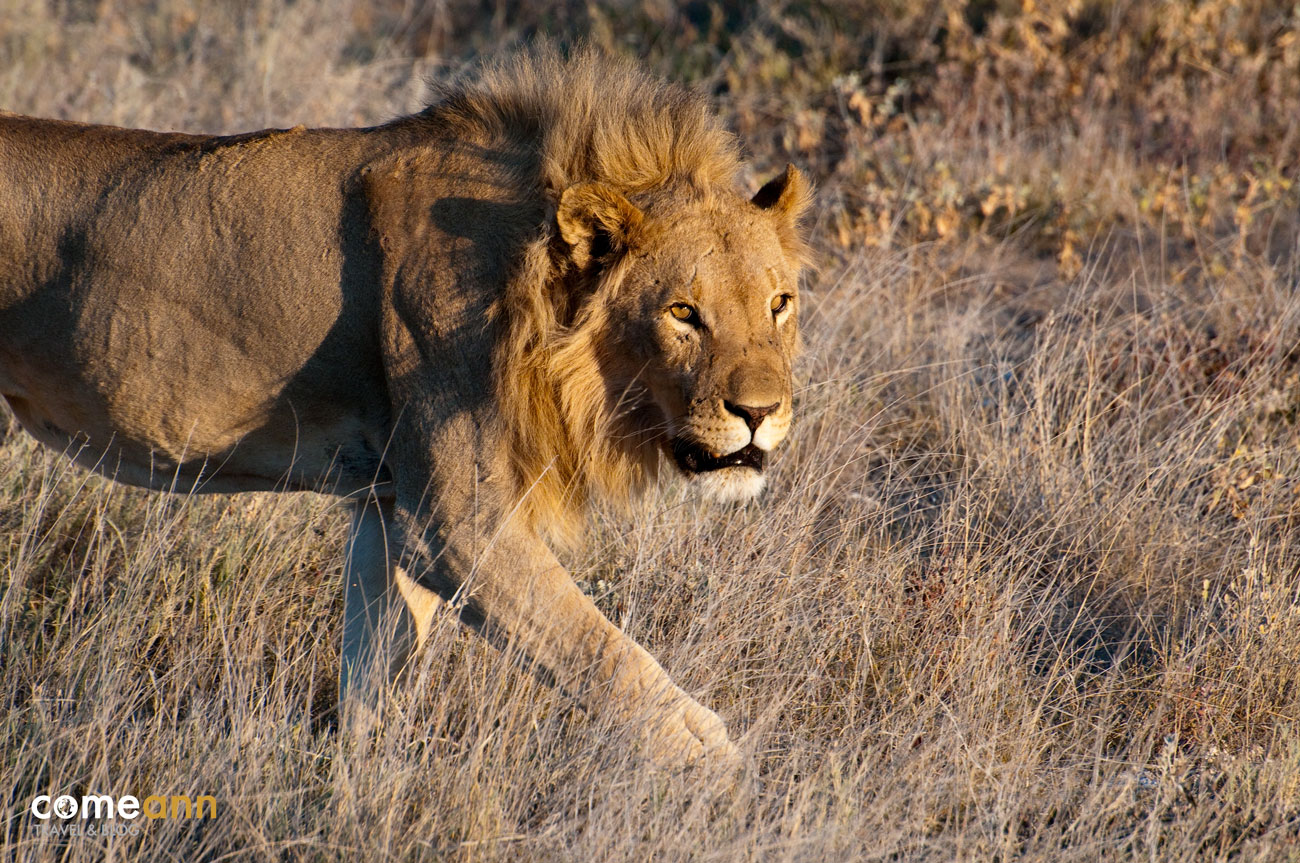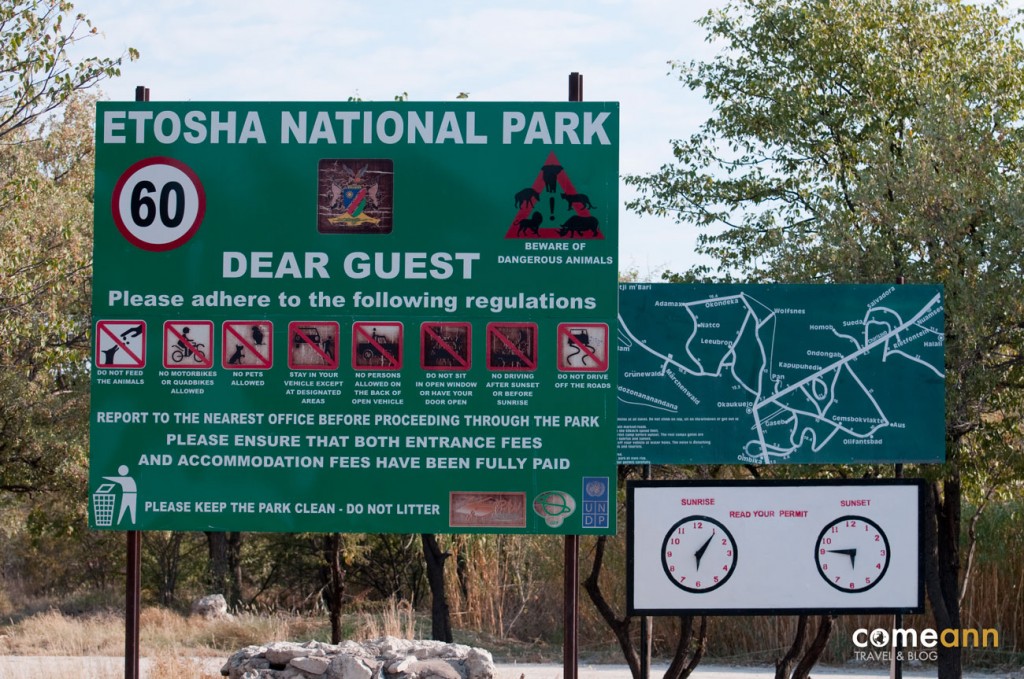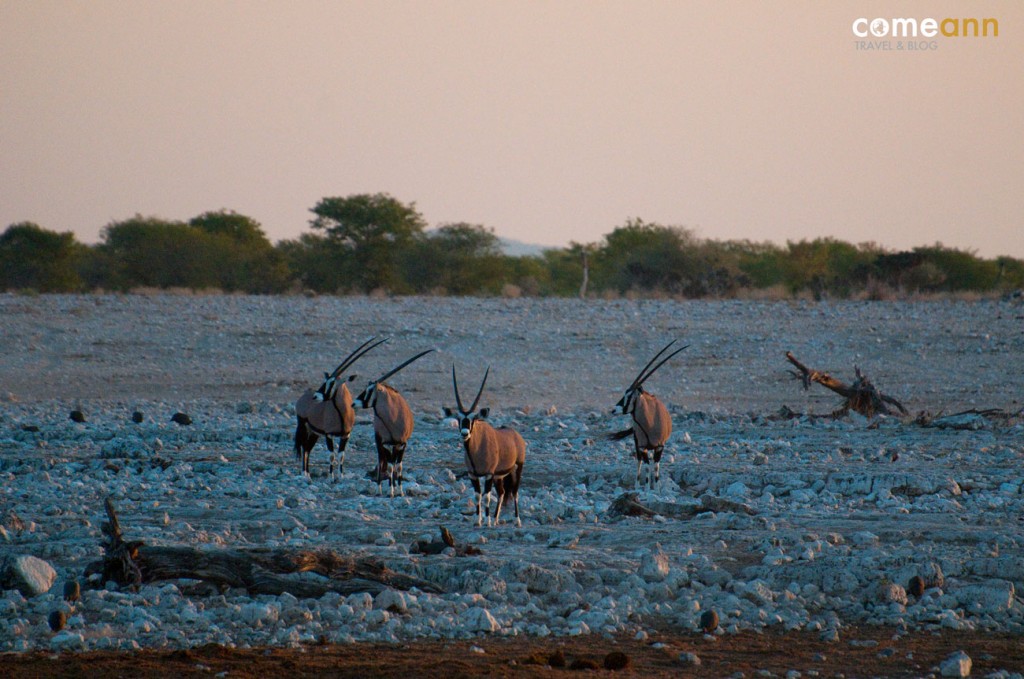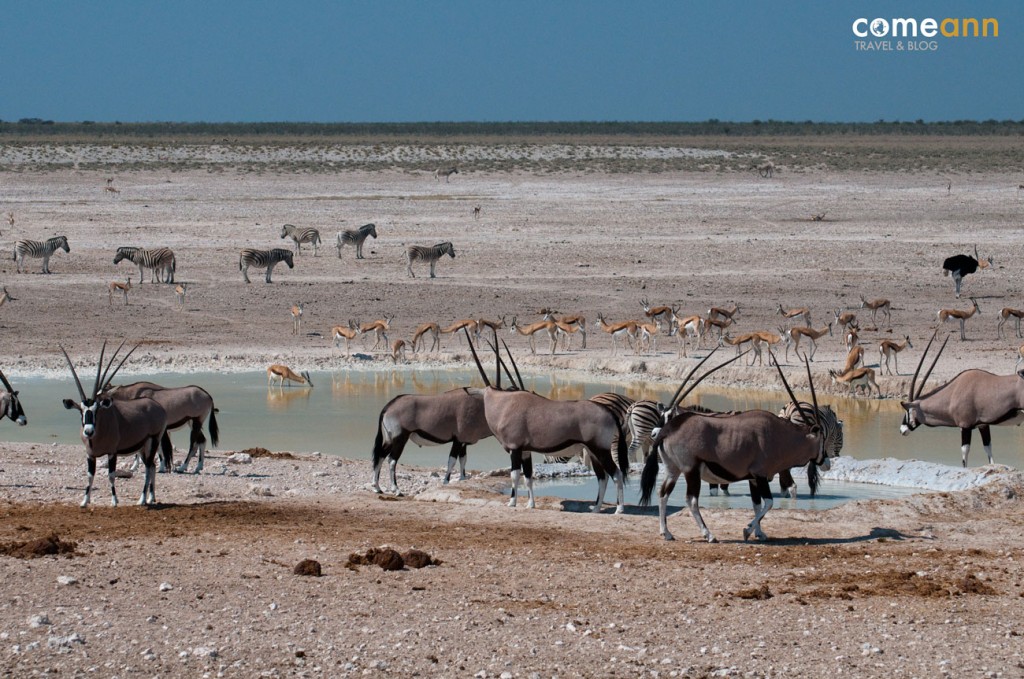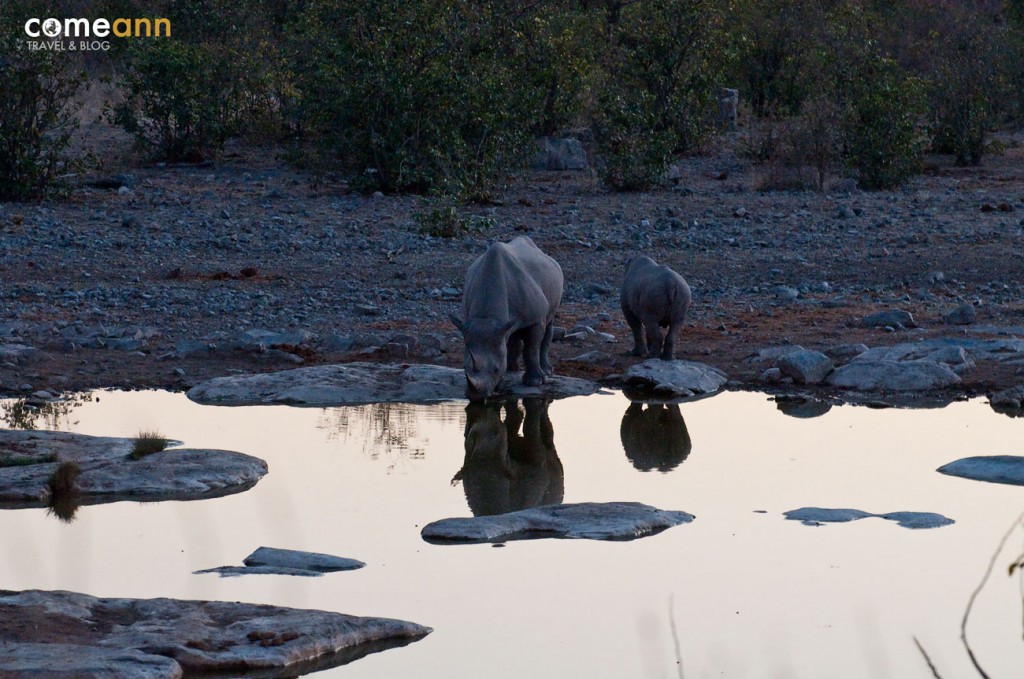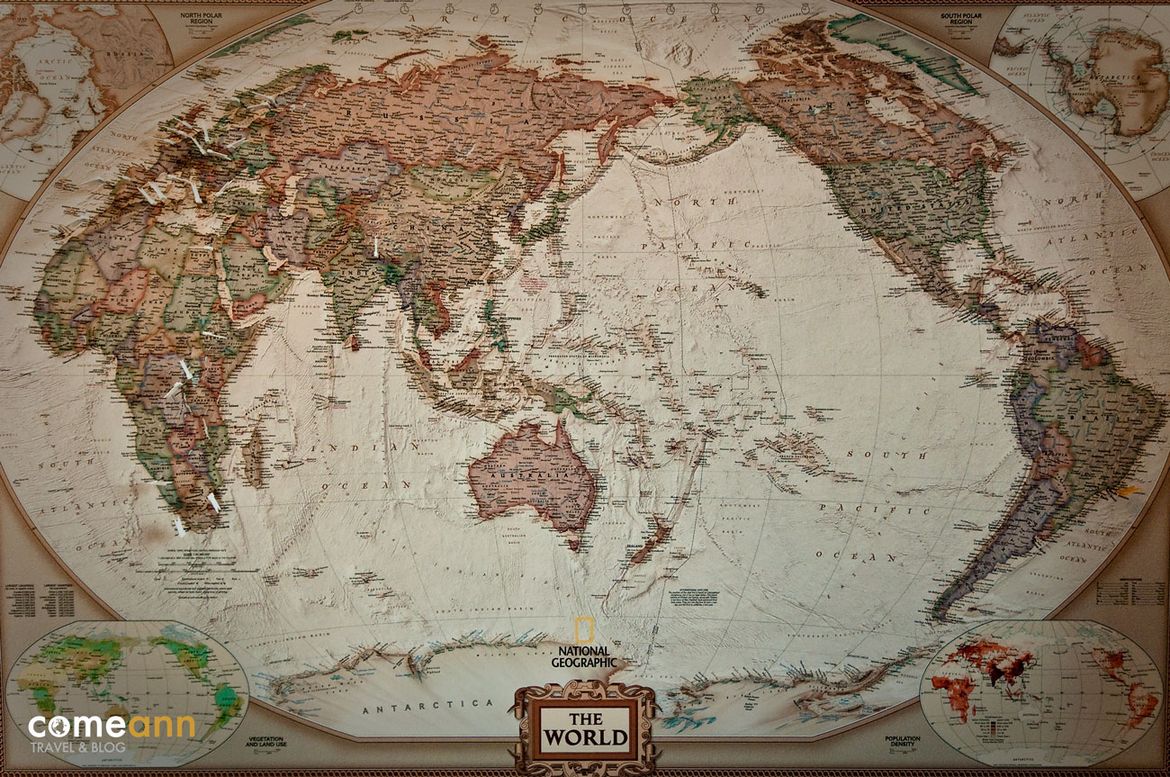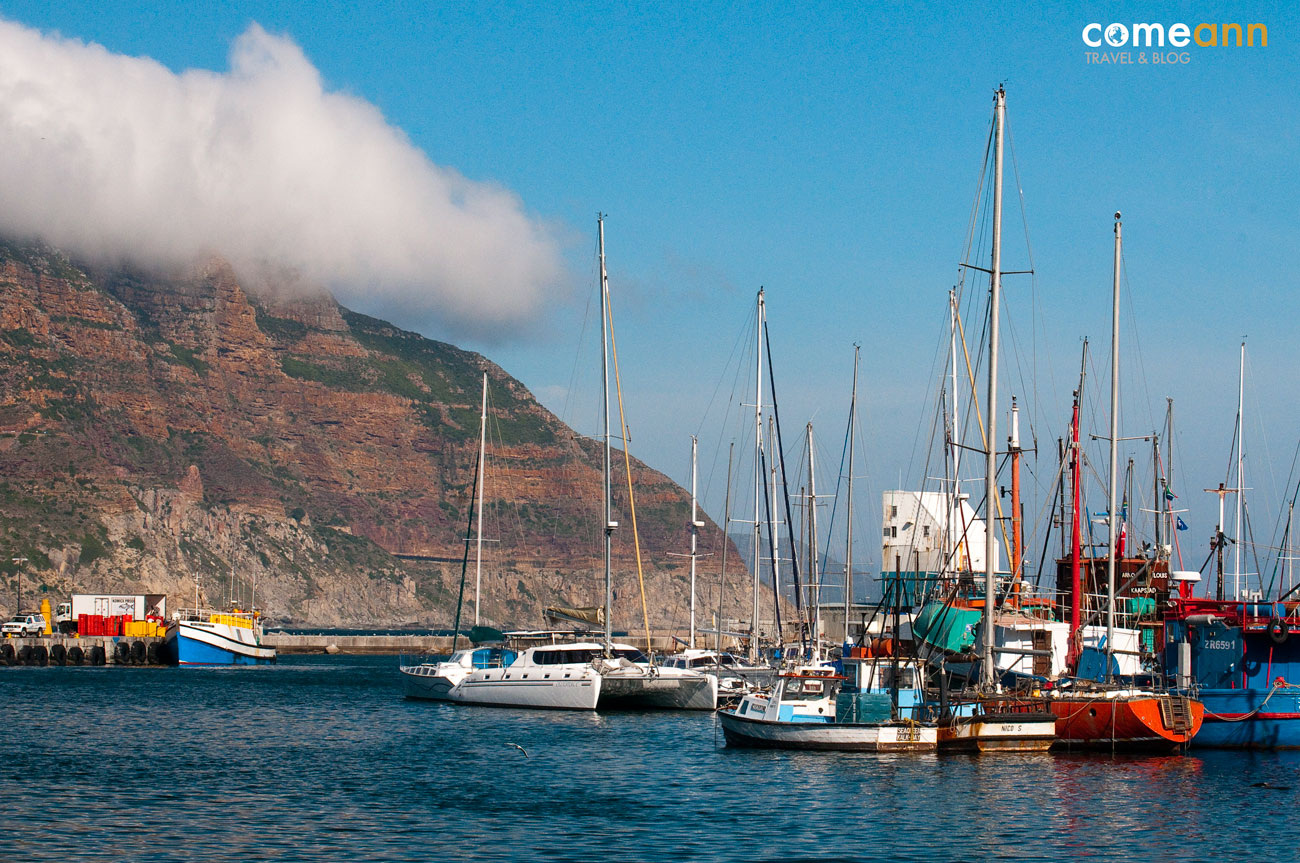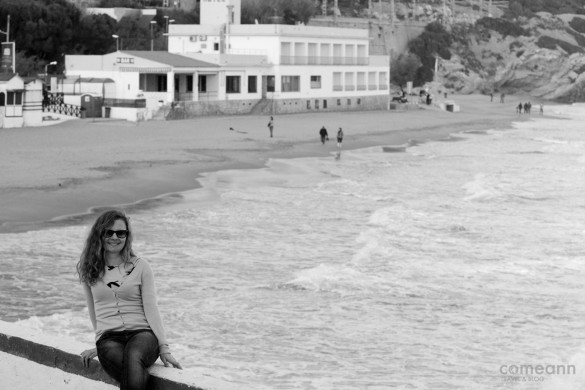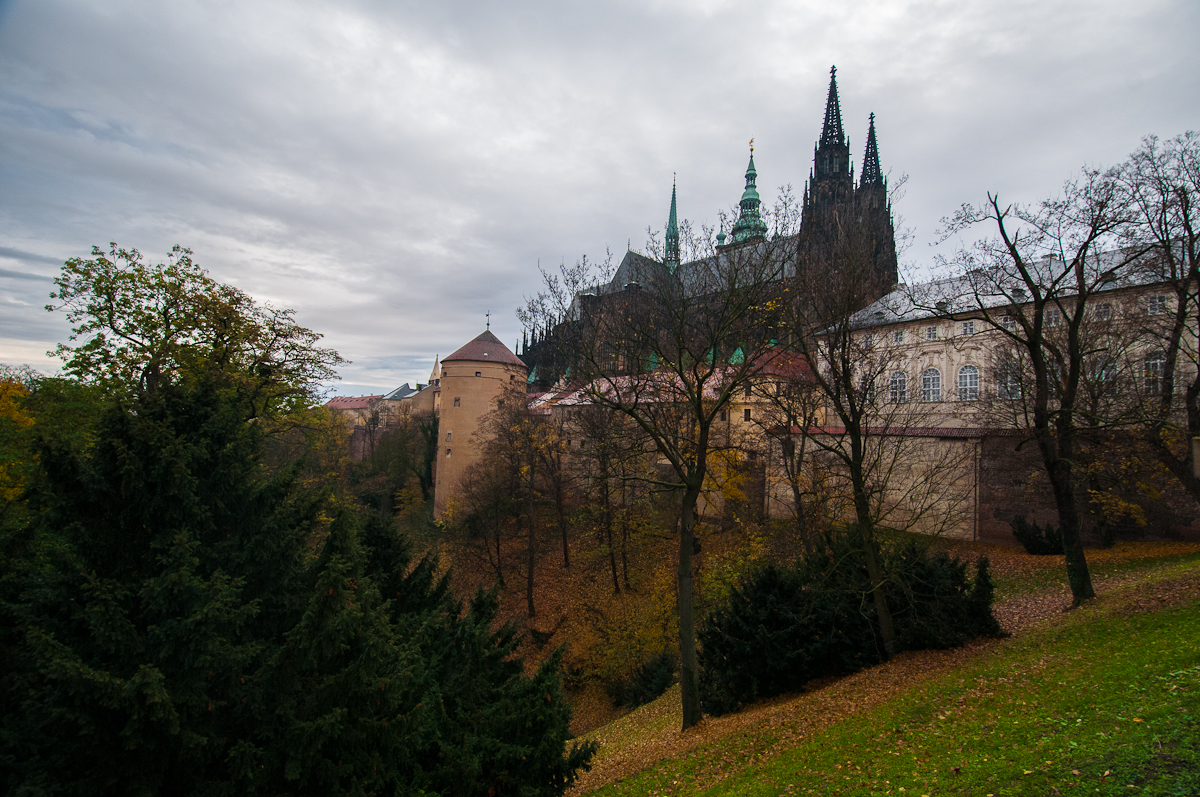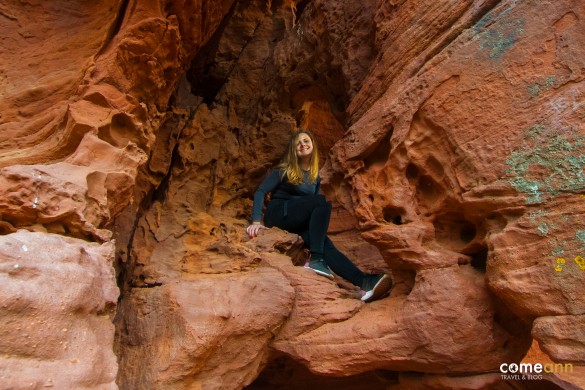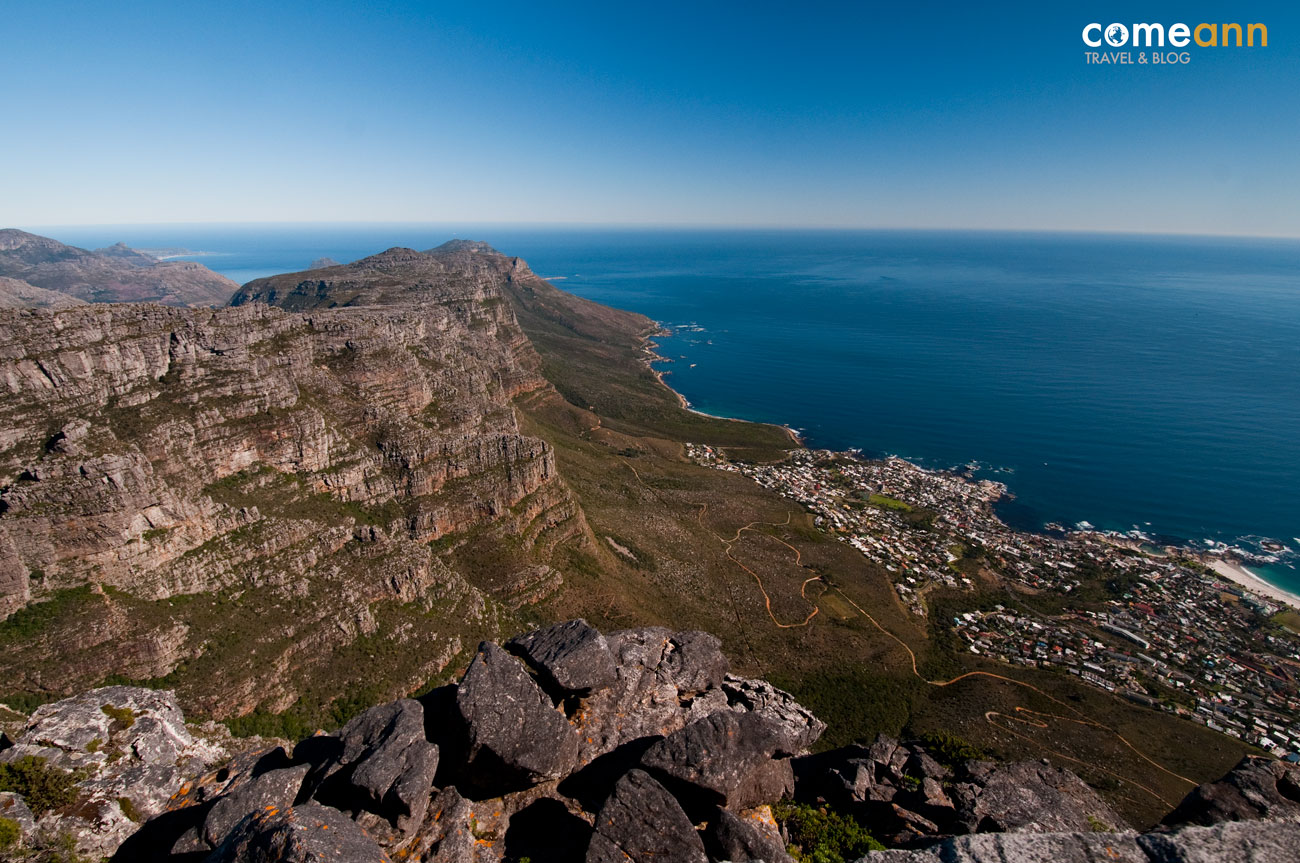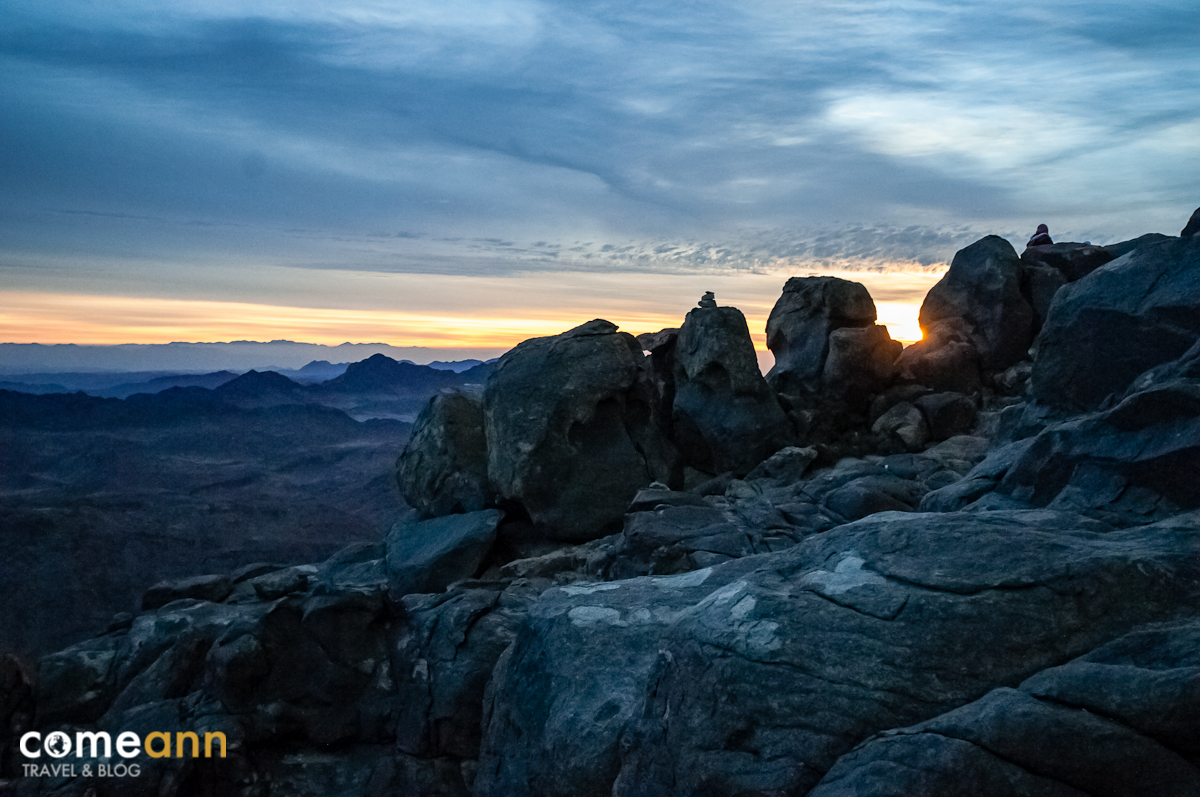W końcu nadeszły od dawna oczekiwane dni. Wizyta w jednym z największych parków narodowych świata, czyli Etosha National Park w Namibii – domu dla ogromnej liczby dzikich zwierząt, na które przez najbliższe dni będę polować teleobiektywem.
Etosha zajmuję obszar 22 270 km² – to więcej niż połowa powierzchni Szwajcarii (41 290 km²), a rocznie odwiedza go nawet 200 tysięcy osób (dane na rok 2010). Rezerwat został ustanowiony w 1907 roku przez gubernatora Afryki Południowo-Zachodniej, Friedricha von Lindenquista.
Czekają mnie: dwudniowe safari, przejażdżki o świcie i o zachodzie słońca, wypatrywanie zwierząt i noclegi na kempingach w samym sercu parku. Zaczynają się fotograficzne łowy!
Nazwa Etosha wywodzi się z dialektu Oshindonga i pochodzi od słowa znaczącego „wielka biała przestrzeń” (Great White Place). Obszar ten zwany teraz Etosha Pan, czyli „miejsce suchej wody”, jest pozbawionym roślinności płaskim terenem o powierzchni 4 760 km². Jest również sercem całego rezerwatu i domem dla całych stad dzikich zwierząt. W porze deszczowej dociera tutaj woda z okresowych rzek Ekuma i Oshigambo. Wtedy suche jezioro napełnia się wodą, a w okolicy można zobaczyć ogromne stada zwierzyny i flamingów.
Jestem coraz bardziej niecierpliwa i podekscytowana, jedziemy na pierwsze safari. Ciekawe, kogo napotkamy na swojej drodze… Może nawet uda się zobaczyć „Wielką Czwórkę”.
W Etosha nie występują bawoły, dlatego wspomniałam o czwórce, nie piątce najważniejszych zwierząt, a w skład tzw. „Wielkiej Piątki” wchodzi afrykański słoń sawannowy, czarny nosorożec, lew, lampart i właśnie bawół. Łącznie w rezerwacie występują 144 gatunki ssaków! W każdej chwili możemy natknąć się na słonie, żyrafy (występuje tu około 1500 żyraf) czy czarne nosorożce oraz poczuć przypływ adrenaliny, patrząc na mijające nas drapieżne lwy, gepardy i lamparty. Oby tylko udało się je spotkać! W rezerwacie występuje także wiele gatunków antylop, na przykład antylopa eland, mała dik-dik oraz gemsbok. Przy odrobinie szczęścia można też zobaczyć srebrne lisy, ratele i szakale czaprakowe. Ponadto żyje tutaj około 340 gatunków ptaków, 110 gatunków gadów i 16 gatunków płazów. Na te ostatnie niekoniecznie chciałabym się natknąć… 🙂
Bardzo ciekawym miejscem w Etosha National Park jest oświetlony w nocy wodopój w rejonie Okaukuejo, który licznie odwiedzają dzikie zwierzęta – lwy, nosorożce czarne, słonie i wiele innych. Jest to niesamowity teatr „matki natury”, gdzie przez całą noc nie opada kurtyna, a my mamy nieograniczoną możliwość zagłębienia się w dzikie rejestry swojej osobowości.
Wszystkiego tego miałam możliwość doświadczyć podczas dwudniowego pobytu w Etosha National Park. Może prawie wszystkiego…, bo nie udało mi się zobaczyć lamparta, więc „Wielka Czwórka” została okrojona do „Trójki”, ale to wcale nie jest najważniejsze. Wie to każdy, kto kiedykolwiek był na safari. Najważniejsze są emocje i bardzo bliskie obcowanie z naturą – całe dnie toczą się naturalnym rytmem, reguluje się zegar biologiczny i tak jak nigdzie indziej można poczuć się częścią wszechświata. Pobyt w rezerwacie sprzyja kontemplacji i wyciszeniu.
Obserwując dziką zwierzynę, możemy w spokoju zastanowić się nad permanentnym brakiem czasu, konsumpcjonizmem i szalonym pędem naszej cywilizacji. Polecam każdemu. A teraz już dość paplaniny. Zapraszam na fotograficzne safari w Etosha National Park! 🙂
[print_gllr id=1045]
•••
Finally came the long awaited days. A visit in one of the biggest national parks of the world, that is the Etosha National Park in Namibia – home to a huge number of wild animals which I will try to hunt with my telephoto lens during the following days.
Etosha covers an area of 22 270 km² which is more than half the size of Switzerland (41 290 km²) and is yearly visited by as much as 200 thousand people (data for 2010). The reserve was established in 1907 by the Governor of South-West Africa, Friedrich von Lindenquist.
I will go for a 2-day safari, trips at dawn at dusk, looking out for the animals and sleeping on camping places at the very heart of the park. Photographic hunting begins!
The name Etosha is derived from the Oshindonga dialect, from a word standing for a „Great White Place”. This place, now called the Etosha Pan („the place of dry water”) is a flat terrain of 4 760 km² devoid of vegetation. It is also the heart of the whole reserve and home to herds of wild animals. In the rainy season the place is reached by the water from periodic rivers Ekuma and Oshigambo. The dry lake is then filled with water and in the surroundings you can see huge herds of wild animals and flamingos.
I am getting more and more impatient and excited, we’re going for our first safari. I wonder what we shall meet on our way, maybe we will even see „The Big Four”.
There are no buffalos in Etosha, that’s why I mentioned only four of the most important African animals whereas you usually speak about „The Big Five”: the African Savanna Elephant, the black rhinoceros, the lion, the leopard and the buffalo. In total, there are 144 species of mammals in the reserve. In any while you can meet here lions, giraffes (there are around 1500 giraffes in the park) or black rhinoceros and feel the adrenaline observing the passing lions, cheetahs and leopards. If only I could meet them too! In the reserve there are also many species of antelope, such as the eland antelope, the small dik-dik and the gemsbok. If you are lucky you can even see silver foxes, ratels and black-backed jackals. Moreover, there are 340 species of birds, 110 species of reptiles and 16 species of amphibians. I was definitely unwilling to meet the last ones… 🙂
A very interesting place in the Etosha National Park is the watering place illuminated at night. It is n Okaukuejo region, frequently visited by wild animals – lions, black rhinoceros, elephants and many more. It is also a magnificent theater of „Mother Nature” where the curtain stays up for the whole night and we have an unlimited possibility to delve into meanders of our own personality.
I could experience all this during my 2-day stay in Etosha National Park. Or, maybe almost all… as I did not see the leopard so I was left with „The Big Three” instead of „The Big Four” but it didn’t really matter (and anybody who has ever been to a safari will certainly confirm it). What really matters are the emotions and being so close to the nature. The whole days pass in the natural rhythm, the biological clock gets regulated and, as nowhere else, you can feel a part of the universe. Staying in the reserve is conducive to stillness and meditation. Observing the wild animals you can peacefully deliberate on the everlasting lack of time, the consumerism and the mad rush of our civilization. I recommend it to everyone. And now the end of chatter – be invited to the photographic safari in the Etosha National Park!

